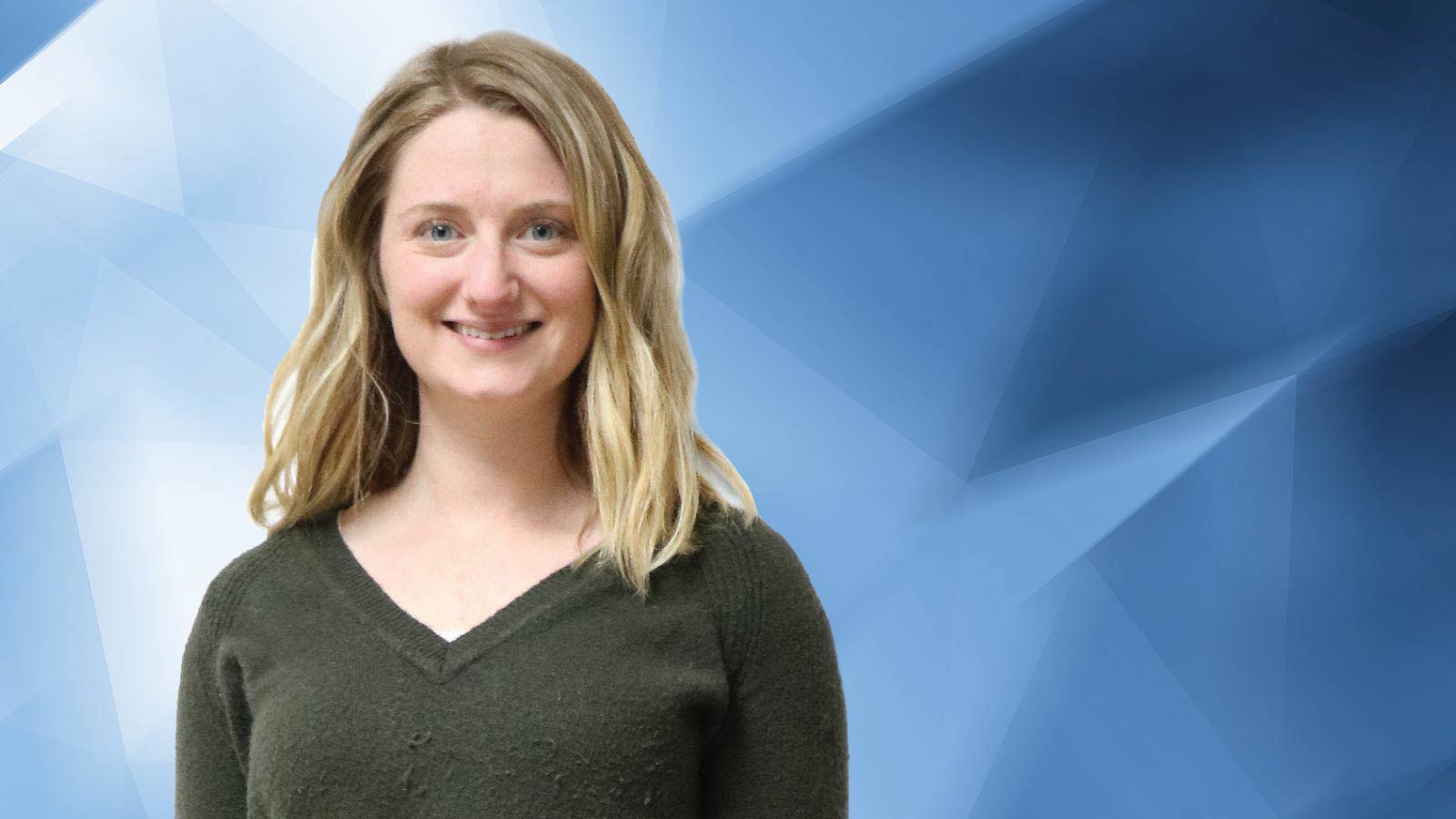Stay Up to Date
Submit your email address to receive the latest industry and Aerospace America news.
Jaime Singer, 30, is the InSight instrument deployment lead at the NASA Jet Propulsion Laboratory.
Jaime Singer didn’t realize she was interested in engineering until her junior year of high school in Colorado Springs, Colorado, when her math teacher passed around a sign-up sheet for a summer program. That program combined with a movie she saw the following year helped chart Singer’s course toward the NASA Jet Propulsion Laboratory in California, where she will oversee the two- to three-month deployment phase of the Mars InSight lander, which is scheduled to land in November. InSight, or Interior Exploration using Seismic Investigations, Geodesy and Heat Transport, carries two instruments: a seismometer to detect tectonic activity and a probe to investigate the planet’s heat source.
How did you become an aerospace engineer?
When my teacher invited us to a four-day program at the University of Colorado College of Engineering, I thought, “What the heck?” We saw all different types of engineering. It began to feel like a fit. I didn’t have any idea what type of engineer I wanted to be until my senior year physics class watched “Apollo 13.” There is a scene when the operations team on the ground is trying to help the astronauts fix the problem with the air filter. They throw all this stuff on a table and say, “Here’s what we have. We’ve got to make it work.” I wanted to do that. I went to the University of Colorado to study aerospace engineering and worked with the Colorado Space Grant Consortium doing student balloon satellite projects. I went on a trip with other students to JPL to present our work. I didn’t know much about JPL at the time, because I was still pretty new to the idea of engineering. They showed us the Mars Exploration Rover in the in-situ instrument laboratory and it hit me. People at JPL built and were operating rovers on Mars. I wanted to do that. I debated whether to stay at Boulder to get a master’s or a Ph.D., but once I heard from people at JPL who wanted to hire me, I didn’t want to risk it. I went to JPL and got my master’s in mechanical engineering at the University of Southern California in parallel with working.
Imagine the world in 2050. What do you think will be happening in space?
I hope that by 2050 we are exploring more beyond our solar system. There’s a lot of really interesting stuff still to do at Mars and at Europa. But I also think we’ve learned a lot from the Kepler mission in terms of where we might find other possible Earths. So it would be great to do several missions that follow along that science and see what is happening beyond our solar system. And I hope we continue to have funding to do science that informs us more about Earth and the world that we live in.
About Debra Werner
A longtime contributor to Aerospace America, Debra is also a correspondent for Space News on the West Coast of the United States.
Related Posts
Stay Up to Date
Submit your email address to receive the latest industry and Aerospace America news.




